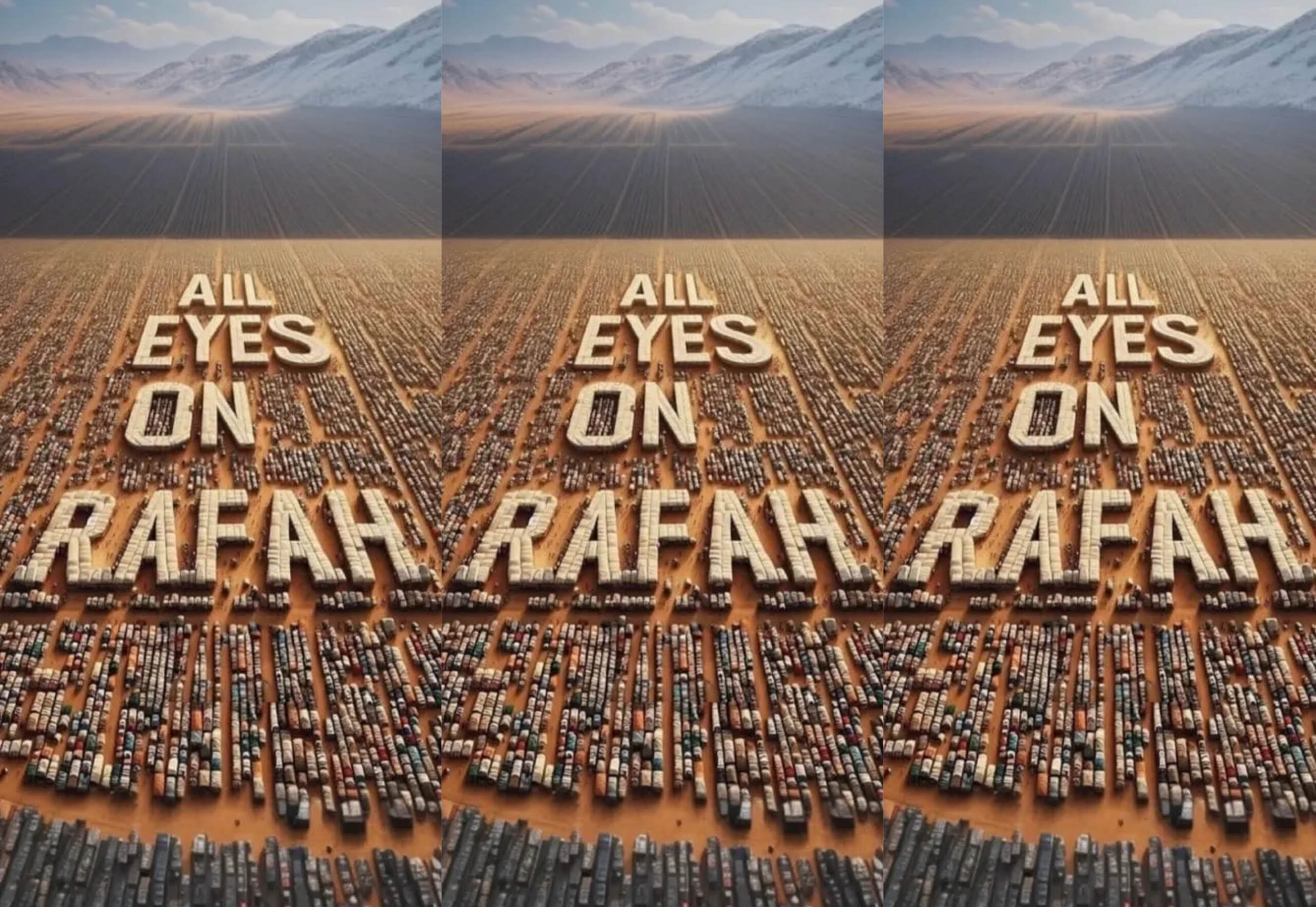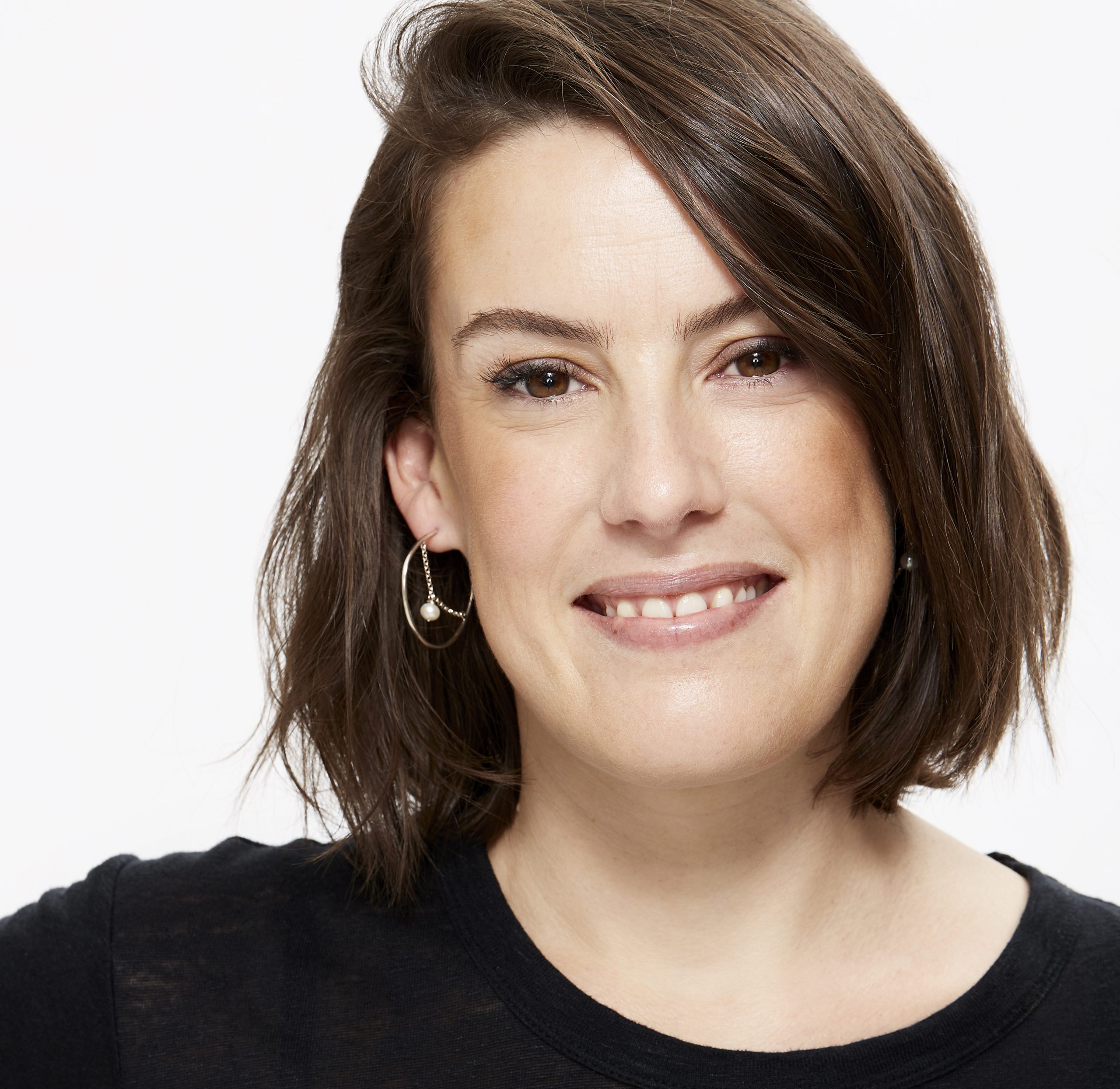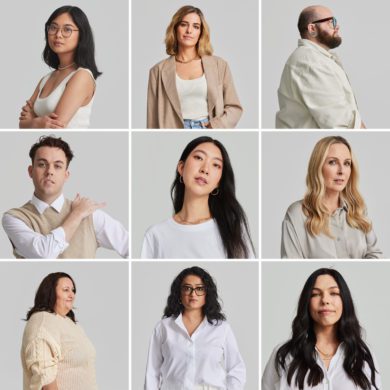This week an AI-generated image of refugee tents in Rafah went viral.
You probably saw it on your Instagram feed. You might have shared it. We did.
There was some controversy around the image. Some people described it as performative and compared it to the black squares that populated social media during the Black Lives Matter protests; others took aim at the fact that it was created by artificial intelligence. (Although presumably, the fact that it was a sanitised image – rather than, say, the charred body of a baby – made it acceptable to share.)
The post originated with an Instagram user called shav4012, and the phrase ‘All eyes on Rafah’ was first attributed to the World Health Organisation’s representative for Gaza, Richard Peeperhorn. However, it has since been taken up as a clarion call by countless online activists who want the world’s attention to remain fixed on what the International Criminal Court has deemed to be war crimes committed in Gaza.
What we liked about the post was the counter at the bottom, which kept a running tally of exactly how many other people had shared it. (Currently that number stands at 45 million.) By including a counter, the post delivered what the very best protests and marches all achieve: solidarity and visibility.
The internet – and social media – is littered with isolated pockets of protest. Bringing together these individuals and groups demonstrates to the world – and to each other – that they are part of something bigger. It helps sustain and bolster those who have been protesting for months, and it gives licence to those who may have felt too intimidated to voice their protest in the past. It is also ammunition against critics who write protestors off as fringe-dwellers. A group of 45 million – the size of Australia and Chile combined – can hardly be described as ‘fringe’, after all.
The situation in Gaza (as it is increasingly and nervously referred to) has become desperate, and the real-time nature of the crisis, along with the graphic photos of its tiniest, most vulnerable victims, has sewn deep divisions. It is becoming increasingly difficult to talk about or debate the issue in real life. Posts like the one shared this week offer an opportunity to let your position quietly be made clear.
Whether this week’s post changes the course of a single bomb or bullet remains to be seen. But there is power in numbers. And those numbers at the bottom of the post are still growing.
Like what you see? Consider signing up to PRIMER’s free weekly newsletter.













No Comments